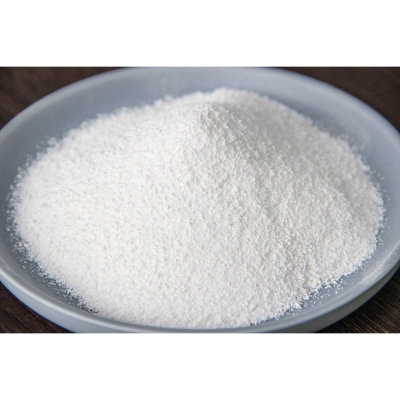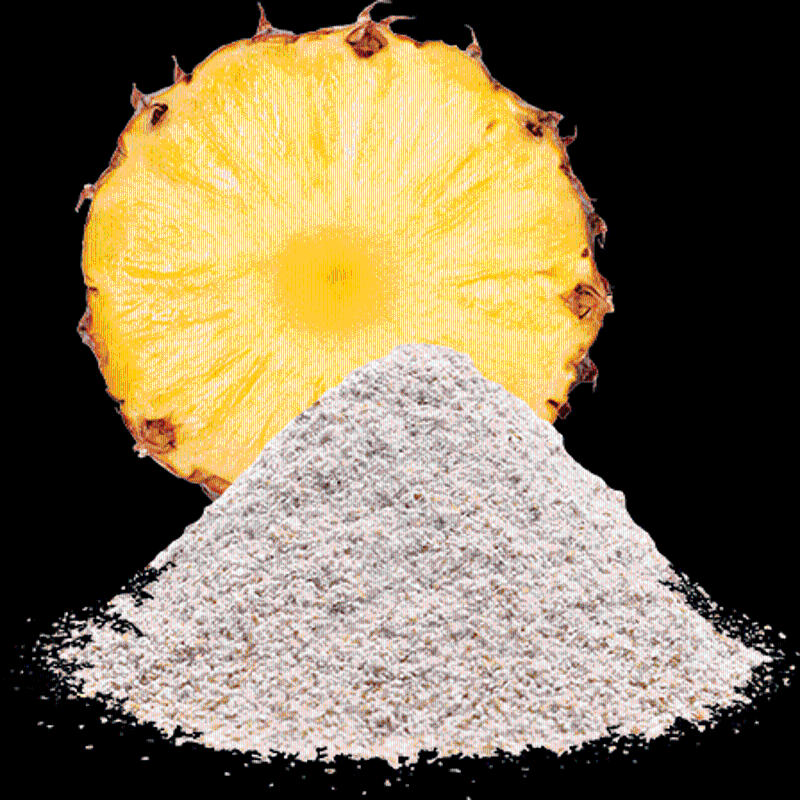-
Categories
-
Pharmaceutical Intermediates
-
Active Pharmaceutical Ingredients
-
Food Additives
- Industrial Coatings
- Agrochemicals
- Dyes and Pigments
- Surfactant
- Flavors and Fragrances
- Chemical Reagents
- Catalyst and Auxiliary
- Natural Products
- Inorganic Chemistry
-
Organic Chemistry
-
Biochemical Engineering
- Analytical Chemistry
-
Cosmetic Ingredient
- Water Treatment Chemical
-
Pharmaceutical Intermediates
Promotion
ECHEMI Mall
Wholesale
Weekly Price
Exhibition
News
-
Trade Service
Compared with traditional qPCR, digital PCR (dPCR) is a highly sensitive existence that can achieve absolute quantification of nucleic acids and detection of rare alleles
For more than 20 years, digital PCR technology has been continuously improved and has been applied in many aspects, including quantifying cancer markers, measuring viral load, distinguishing genome mutations, verifying the results of next-generation sequencing, gene expression analysis, transgene detection, and environmental monitoring, etc.
Sample Preparation
How much starting DNA to use
The starting amount of DNA will depend on the digital PCR system you are using
Concentrate FFPE samples before amplification
When dealing with highly degraded DNA, such as FFPE samples, there may be a big difference between quantifiable DNA and amplifiable intact DNA
experimental design
Reduce heating and cooling rate
Nowadays, the heating and cooling rate of thermal cyclers is staggering
Modify PCR amplification conditions
When dealing with tricky templates, PCR cycle conditions can be changed
• For longer amplicons (> 400 bp), change the two-step or three-step operation and add a 72°C extension cycle for 1-6 minutes, depending on the length of the amplicon
data analysis
Looking for real positive samples
In order to determine whether a sample is truly positive, Bio-Rad has a good suggestion
When detecting rare DNA, 7-10 μg of DNA may be required
Understanding error bars
In the ddPCR system, the error bar for each well represents a 95% confidence interval
More suggestions
Digest the sample
When the amount of gDNA exceeds 66 ng, it is recommended to use restriction enzymes for digestion
Digestion can be carried out directly in the ddPCR mixture
Use multiple reference genes
When evaluating copy number variation (CNV), especially cancer samples, it is necessary to ensure that the reference test is stable at 2 copies per genome
Concluding remarks
Nowadays, the scientific community requires higher data accuracy and more reliable results.
In-depth understanding of Bio-Rad's droplet digital PCR system







